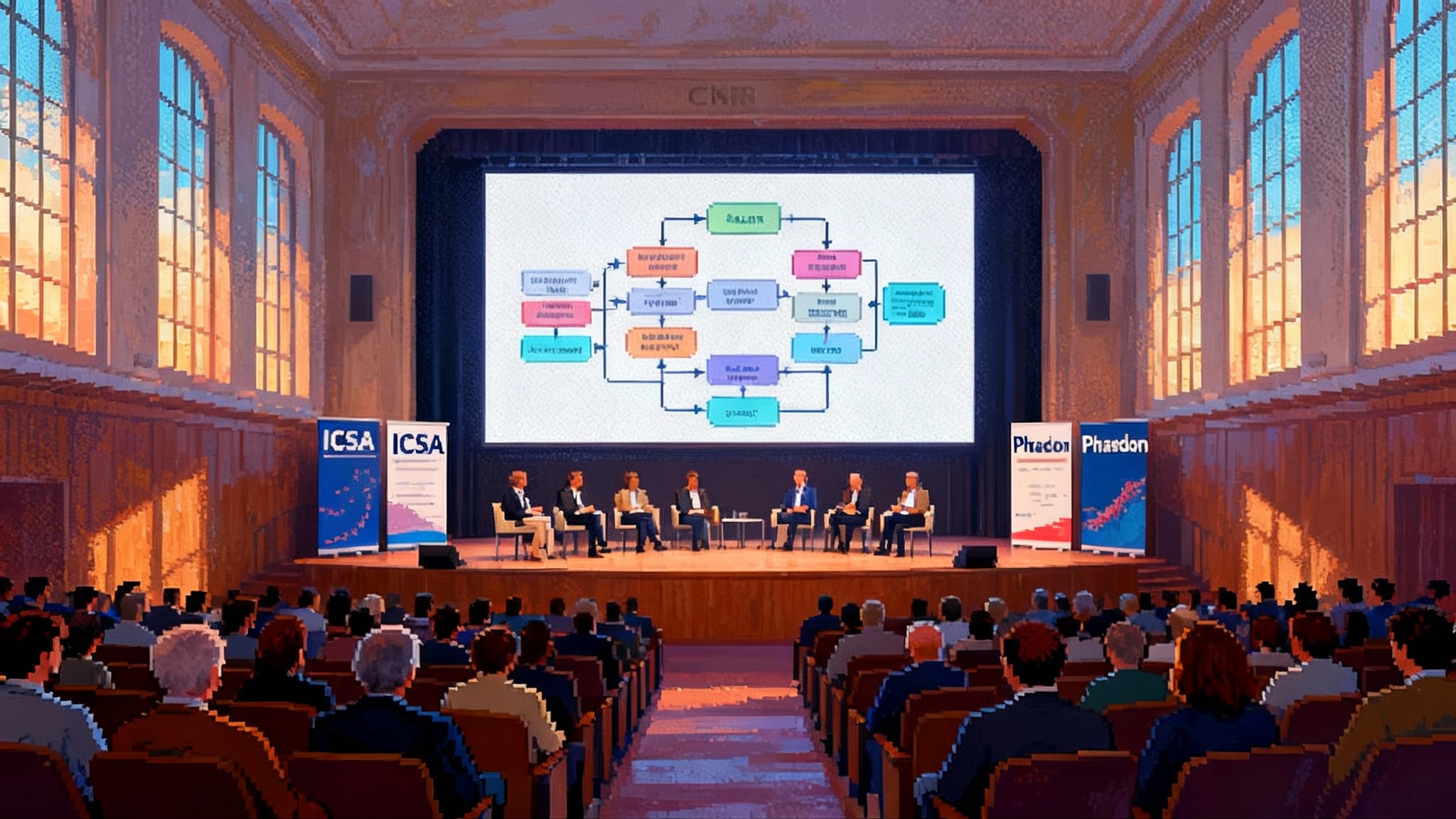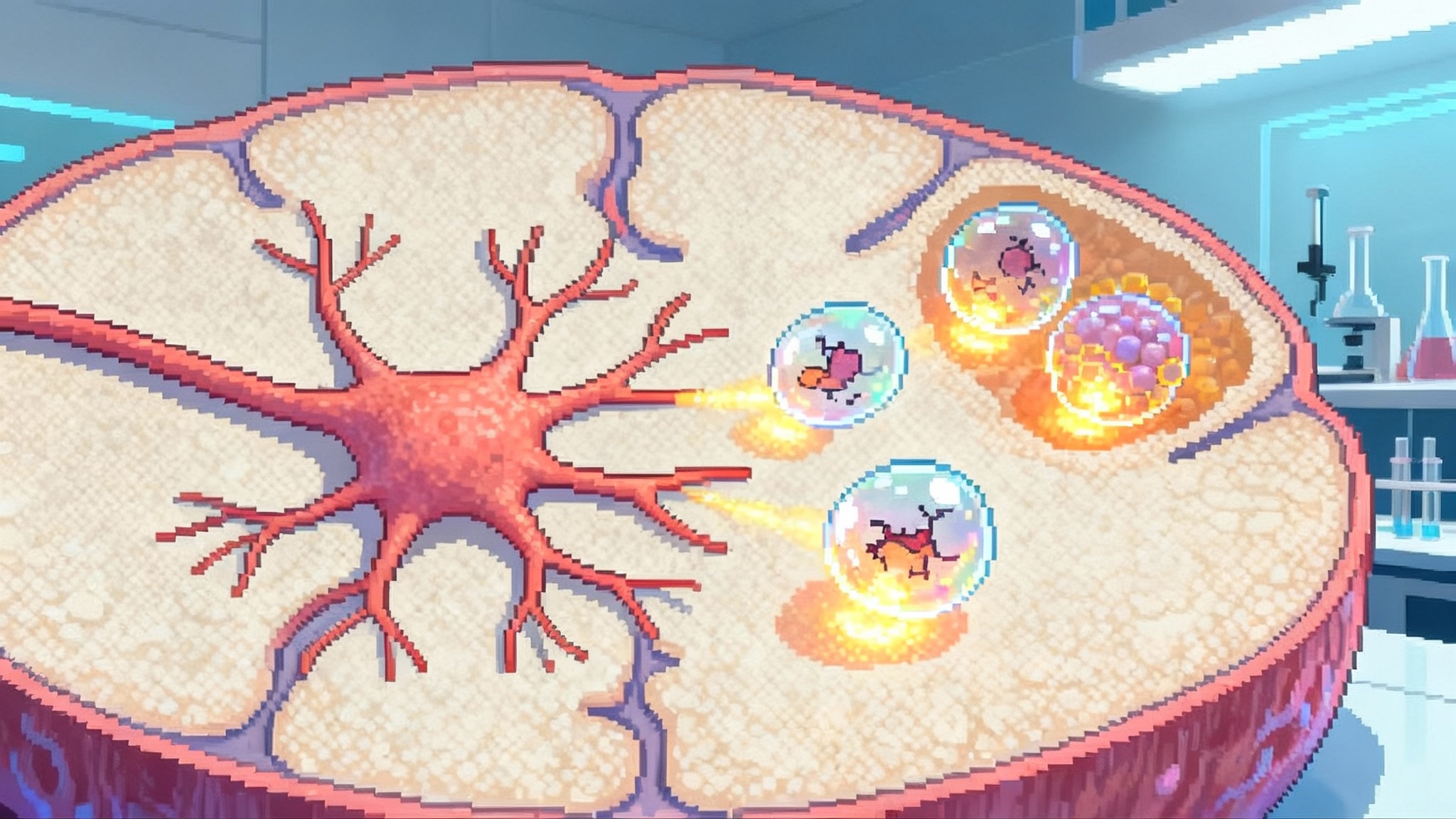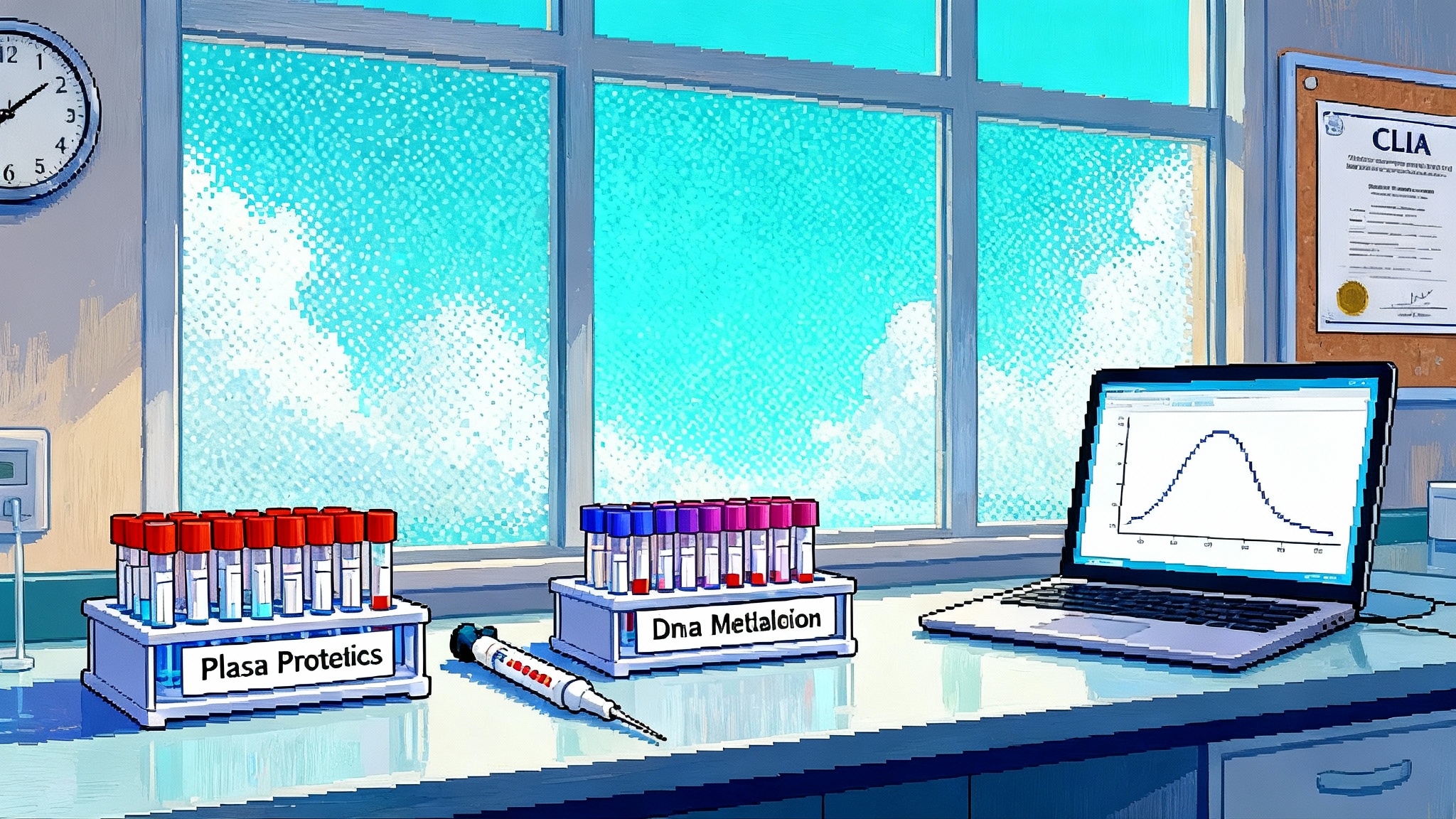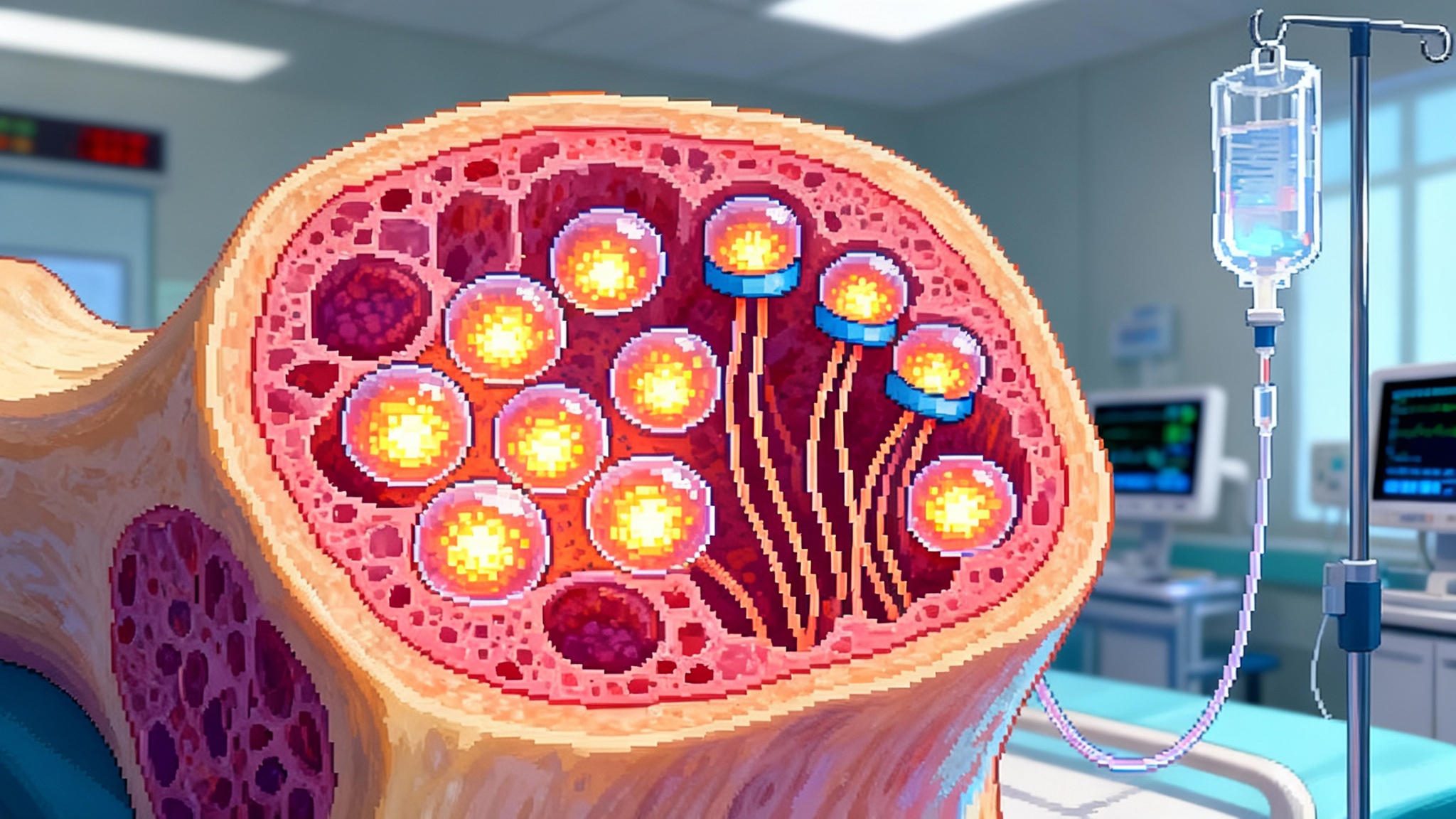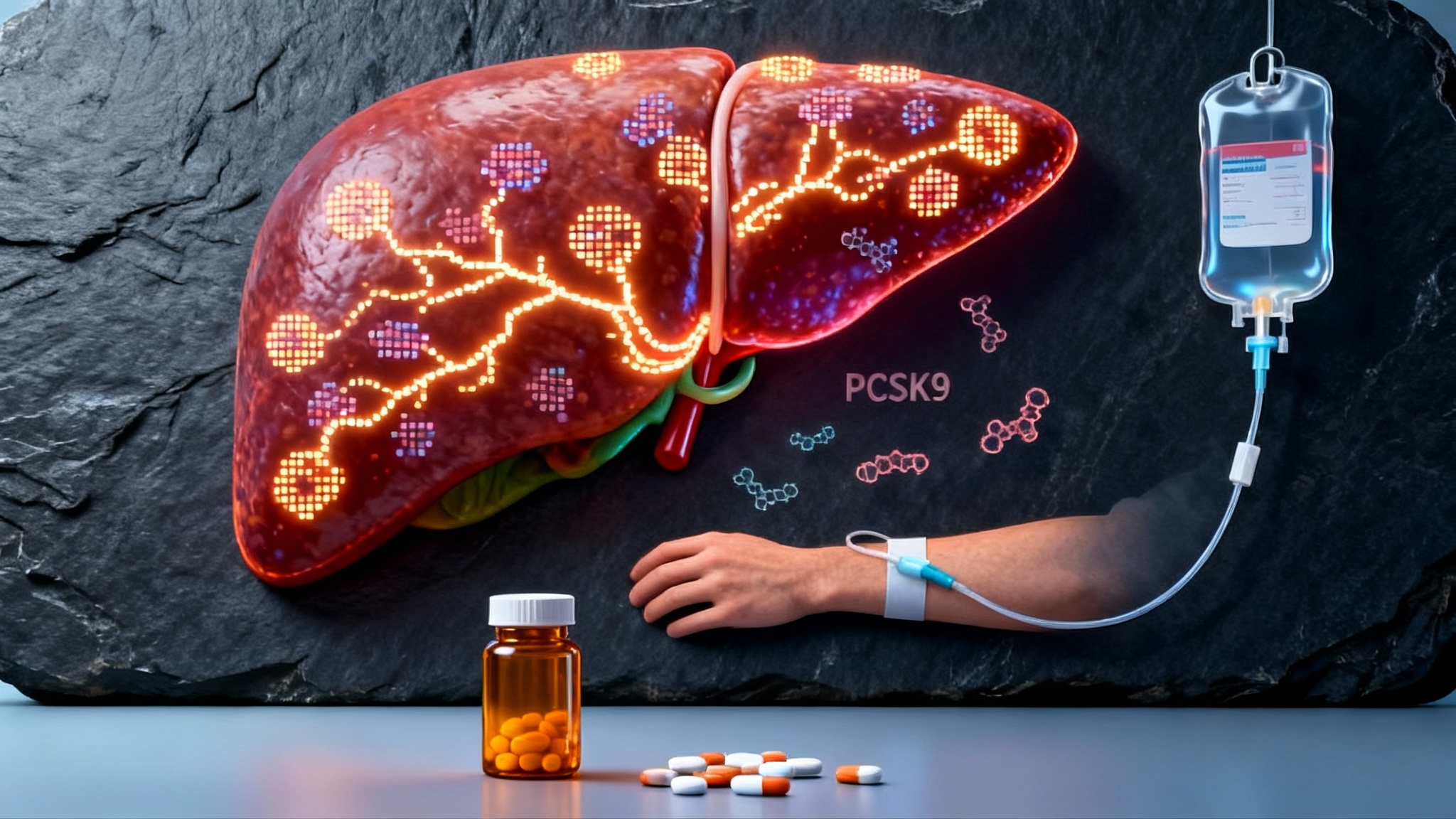Partial Reprogramming Hits the Primate to Human Pivot
Late August 2025 data from Life Biosciences show inducible OSK gene therapy restoring function and youthful epigenetic signatures in nonhuman primate optic nerve injury models. Here is what it means, the safety questions ahead, and what to watch before first-in-human studies in early 2026.
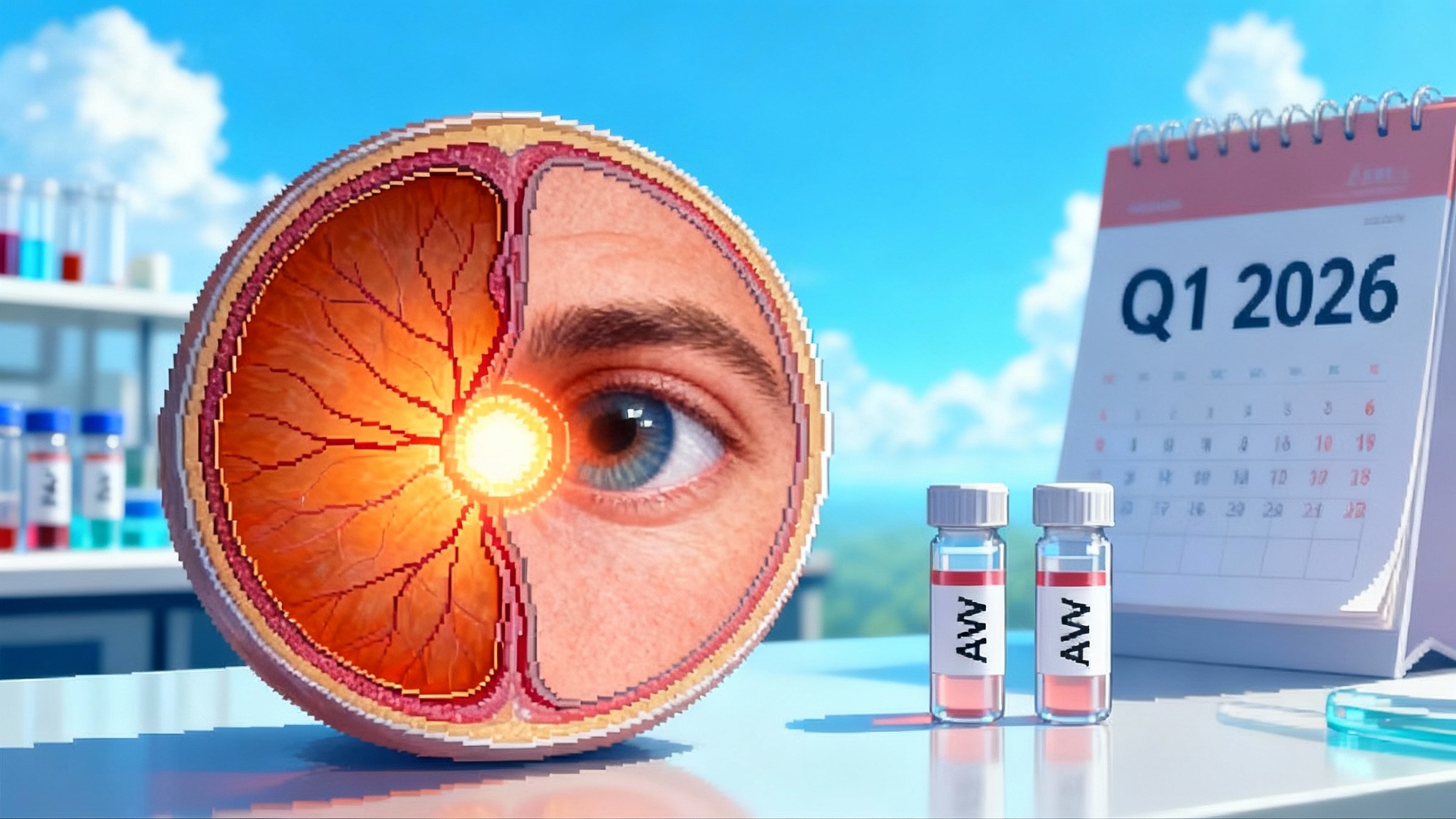
The week aging medicine crossed a line
On August 26, 2025, an inflection point arrived for epigenetic rejuvenation. At the Aging Research and Drug Discovery meeting in Copenhagen, Life Biosciences shared new nonhuman primate results from its inducible OSK program for optic neuropathies and updated its plan to start the first human trials in early 2026. In the primate NAION model, the company reported restoration of retinal methylation patterns aligned with neuronal regeneration pathways, together with previously reported gains in pattern electroretinography and optic nerve axon measures. For a field often accused of hype, the specifics were notable and testable. The eye is a transparent window on the central nervous system, and the tools to measure change are precise. The company also put a date on entering the clinic, moving conversations from theory to timelines. See the Life Biosciences ARDD 2025 summary.
Epigenetic aging in one page
Aging does not rewrite your DNA sequence. It scrambles how that code is read. Over decades, chemical tags on DNA and histones shift, chromatin becomes less disciplined, and transcriptional programs drift. This epigenetic noise degrades cellular identity and response. DNA methylation clocks are not only biomarkers of this drift. In aging neurons and other tissues, methylation can sit upstream of function. When methylation patterns skew older, neurons respond poorly to injury and lose their regenerative script.
Partial epigenetic reprogramming aims to retune that script without erasing it. Full reprogramming to pluripotency uses four Yamanaka factors: Oct4, Sox2, Klf4, and c-Myc. Take away c-Myc, pulse the remaining three carefully, and cells can recover youthful gene expression and repair capacities while staying what they are. In the retina, this means a retinal ganglion cell remains a retinal ganglion cell but behaves like a younger version of itself, with better axon transport, mitochondrial tone, and injury response.
The proof of concept came in 2020 from studies showing that OSK expression in mouse retinal ganglion cells restored youthful DNA methylation, promoted axon regeneration after optic nerve crush, and reversed vision loss in glaucoma models. These findings crystallized the modern reprogramming thesis: older tissues retain instructions for youth, and carefully applied factors can read them back. See the foundational Nature 2020 mouse vision restoration.
For broader context on measuring age biology as trials move forward, see how the FDA’s policy shift has put biological age tests back in play.
From mouse to monkey to the clinic
Moving from mice to nonhuman primates is not a formality. The primate retina is foveated, the optic nerve head anatomy is closer to ours, and immune responses to viral vectors can diverge meaningfully from rodent models. In the NAION model used by Life Biosciences, a laser induces optic nerve head ischemia and swelling that leads to retinal ganglion cell dysfunction and axonal loss. In recent studies, OSK delivered by adeno-associated virus improved pattern electroretinogram signals and preserved axon density. In late August, the company added epigenetic evidence: methylation signatures in treated retinas shifted toward youthful patterns with enrichment for neuronal regeneration pathways. Together, these functional and molecular data check the two boxes regulators look for in a mechanistic therapy: are you changing the biology you claim to target, and does it translate into function?
A second pivotal update was timing. The program is targeting non-arteritic anterior ischemic optic neuropathy and primary open-angle glaucoma, with first human studies slated for the first quarter of 2026.
How inducible OSK gene therapy is designed
An OSK therapy has three core elements: payload, delivery, and control.
- Payload: OSK encodes the transcription factors Oct4, Sox2, and Klf4. c-Myc is purposefully excluded. The therapeutic goal is a tunable, partial reset rather than pluripotency.
- Delivery: AAV vectors are the workhorse. For the eye, intravitreal injection is familiar to retina clinics, targets retinal ganglion cells on the vitreal side, and allows widespread inner retina coverage. Serotype and promoter choices matter. RGC-enriched promoters and capsids with strong inner retina tropism maximize on-target expression.
- Control: The system is off by default and turned on with doxycycline. A tetracycline-responsive promoter controls the OSK cassette, with a separate transactivator. Patients take oral doxycycline in defined windows. When doxycycline is present, OSK is expressed. When it stops, expression falls. This enables induction during specific windows after injury or during progressive loss and allows shutoff if side effects emerge. AAV largely remains episomal in post-mitotic neurons, which limits long-term integration risk relative to integrating vectors.
These designs are modular and can, in principle, be ported to other tissues with different capsids and promoters. For a view of another aging-first strategy moving to patients, see autophagy in the clinic.
Why the retina is a strategic first indication
The retina has three properties that make it a strong first human test of partial reprogramming.
- It is central nervous system tissue. A positive signal in retinal ganglion cells opens a door to other CNS compartments.
- It is exquisitely measurable. Pattern electroretinography, optical coherence tomography of the retinal nerve fiber layer, visual fields, microperimetry, and reading speed provide objective, quantitative, and clinically meaningful endpoints on tighter timelines.
- It is accessible and relatively contained. Intravitreal injections are routine for macular degeneration and diabetic edema. Doses are small and systemic exposure is limited. One eye can be treated while the fellow eye serves as an internal control when ethical.
For how other longevity modalities are crossing from hype to plans, see senolytics move from hype.
The safety questions regulators will press
Every first-in-human epigenetic reprogramming study will live or die on safety. Expect agencies to focus on the following:
- Oncogenicity and dysplasia risk: OSK omits c-Myc, which reduces a major risk factor, but Oct4 and Sox2 can still push cells toward less differentiated states if overexpressed or misexpressed. Long-term primate histology, proliferative markers, and absence of ectopic cell identities in ocular tissues will be scrutinized. Durable surveillance plans will be part of the protocol.
- Off-target expression: Promoters and capsids must restrict expression to RGCs. Regulators will review biodistribution and shedding studies to assess where the vector and transcripts go, how long they persist, and whether the contralateral eye or systemic tissues express the cassette.
- Immune responses: Intravitreal AAV can trigger intraocular inflammation. Risk depends on prior exposure to the serotype, vector dose, and transgene immunogenicity. Clinics will watch for anterior chamber cells and flare, vitritis, vasculitis, and optic disc edema out of proportion to NAION. Corticosteroid rescue plans and criteria for pausing doxycycline should be explicit.
- Control fidelity: Induction should map cleanly to oral doxycycline periods. Regulators will want evidence that expression falls reliably when doxycycline is stopped, that the system does not drift into leakiness, and that repeated on-off cycles maintain efficacy without accumulating risk.
- Vector integration and genotoxicity: While AAV is predominantly episomal in neurons, rare integration events occur. Sponsors will bring integration site analysis and insertional risk assessments, even for the eye.
- Manufacturing consistency: Gene therapy success depends on CMC. Agencies will inspect lot-to-lot potency, empty to full capsid ratios, and assays that relate to the intended pharmacology in human retina.
What early human signals would be convincing
Phase 1 studies are about safety, but ocular trials often provide efficacy hints. The field will look for:
- Safety first: no serious ocular adverse events beyond transient, treatable inflammation. No sustained increases in intraocular pressure from inflammation or steroid rescue. No unexpected photoreceptor or RPE changes on OCT.
- Clear induction control: biomarker evidence that OSK expression turns on only with doxycycline. This can be inferred from timing of functional changes and from exploratory aqueous humor or tear assays if available.
- Objective functional change: improvement or protection of pattern electroretinogram amplitude versus baseline and the untreated fellow eye. In NAION rescue cohorts, stabilization or gain in visual field mean deviation and RNFL thickness would be strong signals given the natural history.
- Dose response: a coherent story across ascending doses and induction schedules. Duration of effect after induction pauses will shape later-phase design.
- Patient reported outcomes: reading speed, contrast sensitivity, and quality of life measures matter, even in small numbers.
If the lights turn green, where this could go next
Positive ocular data would validate a platform, not just a product. Several horizons open quickly:
- Glaucoma chronic rescue: moving from acute NAION to progressive glaucoma would test whether periodic OSK pulses can preserve RGCs over years despite controlled intraocular pressure.
- Leber hereditary and toxic optic neuropathies: the mechanism suggests benefit in mitochondrial dysfunction and axonal transport deficits, which show up in LHON and selected drug toxicities.
- Liver and metabolism: Life Biosciences has reported improvements in key liver biomarkers with a separate OSK-based construct in animal models of metabolic dysfunction associated steatohepatitis.
- CNS beyond the eye: if RGCs can be rejuvenated safely, the next targets will be spinal cord injury models, white matter tracts, and potentially cortical neurons with capsids designed to cross the blood brain barrier.
- Alternative delivery formats: mRNA and lipid nanoparticles can deliver transient OSK pulses without persistent vectors, which could address re-dosing and some integration concerns in peripheral tissues.
For patients, clinicians, and investors: a near-term checklist
Watch these items between now and the first readouts in 2026:
- Trial design details: unilateral dosing with the fellow eye as control, the induction schedule, and the choice of primary functional and structural endpoints. Pay attention to rescue versus prevention cohorts in NAION.
- CMC clarity: manufacturing scale, empty to full ratios, and potency assays tied to reprogramming biology. Robust CMC de-risks timelines.
- Inclusion and exclusion criteria: baseline RNFL thickness, time from injury in NAION, and prior intraocular inflammation history will shape the chance of seeing a signal.
- Doxycycline adherence plans: practical systems to keep on-off timing precise, including patient education and real-time monitoring where possible.
- Safety monitoring cadence: predefined thresholds for pausing induction, steroid use algorithms, and independent data monitoring oversight.
- Competitive read-across: watch for other groups reporting OSK or related factor approaches in large animals, and for capsid innovations that increase inner retina transduction from the vitreous without inflammation.
- Regulatory posture: questions at pre-IND or equivalent meetings will signal what evidence agencies still need. Any request for additional long-term primate data could shift timelines.
Bottom line
Partial epigenetic reprogramming is moving from aspiration to experiment in humans. The retina is the right first step, with objective metrics and contained exposure. The late August primate data added an essential layer by tying functional gains to epigenetic reset in the same system and put a stake in the ground for first-in-human trials in early 2026. The therapy is not magic. It is an engineered, inducible program that aims to restore youthful control of gene expression without changing identity. The challenges ahead include the classic ones of gene therapy and the novel ones of dialing biology back without tipping it over.
If the first clinical signals show safety, control, and even modest functional gains, the door opens to neuroprotection in glaucoma, to optic neuropathies with no options today, and to tissues beyond the eye where aging biology is the disease. If they do not, the field will learn where the edges are and adjust. Either way, timelines are now measured in quarters instead of decades, and the next data wave will tell us how fast this new class can travel.

